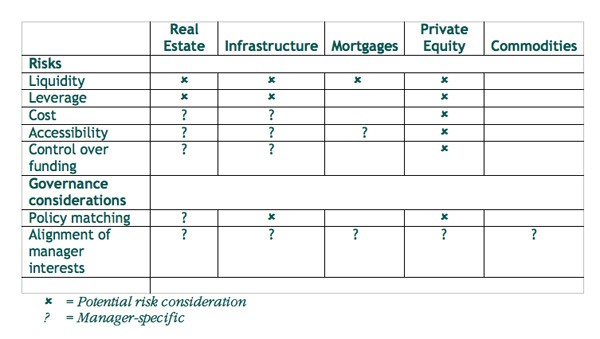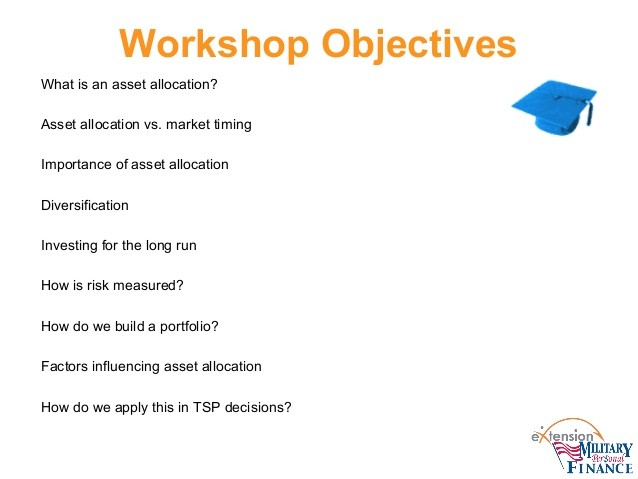Asset Allocation Part 1 Risk Assessment
Post on: 15 Май, 2015 No Comment

The premise of this article is that “Risk Assessment” is designed by the financial industry, and does not provide any useful indicator for the individual investor. Ill argue that Risk Assessment has no bearing on proper Asset Allocation. Rather, your age is what should determine your investment risk.
What is Risk Assessment?
Mutual fund and insurance companies understand “risk assessment” very well. In fact they have it down to a calculated science, highly correlated with human behaviour and piles of statistics.
For mutual fund dealers and investment advisors meeting with new clients, it all begins with the “Risk Assessment Profile” or whatever term you want to call it. Through a series of simple and multiple-choice questions, this exercise helps the mutual fund representative determine your investment profile and risk tolerance.
From these questions the mutual fund representative then determines how much “risk” you can handle. This becomes the percentages you should invest in equities, bonds etc. and the mutual fund rep then creates a basic portfolio of mutual funds to suit your needs. In other words the entire asset allocation of your portfolio comes down to a 10 minute questionnaire on your investment feelings and perceptions.
However this is one of several reasons, which led investors into the big allocation mess for them in 2008. Why did so many retirees end up with 80% growth stock portfolios with high risk sector funds before the infamous crash? Anyone who watched their investment s plummet in 2008 and early 2009, knows how scary and real the market meltdown was and how a large equity portfolio can take a hit in a very short period of time. Let’s track back and look at the Risk Assessment again and why it’s innately flawed.
Why Risk Assessment is Irrelevant
Without going into shelves of library books and research, your brain gathers impressions on what events are occurring within a given time period and then draws a conclusion. Since the financial markets are so complex and have so many variables, your brain has difficultly in drawing a definitive conclusion and thus creates a perception that can change from one day to the next. The business news thrives on this change of perception, with raging optimism and gloom and doom scenarios all in the same week (All the more reason to switch it off and stick with your strategy).
So a “Risk Assessment” really comes down to your personal perception of what is happening in the market on any given day, and how optimistic or negative you happen to feel about the stock market at that moment.
Bias in Risk Assessment
Lets pretend that next Tuesday you have an appointment with a new mutual fund dealer. You know ahead of time that you are going to be filling out a questionnaire (risk assessment) on your investment preferences. What you dont know is what is going to happen in the markets from now until then.
If the market hasn’t been doing well and declining, then you are likely going to feel negative about the markets and lean towards bonds or a balanced style portfolio. Your brain has an impression that markets go down so you will likely be more cautious. Joe Hypothetical who is 25 but very cautious in nature, could score very high on fixed-income, when in fact he should be focused on more growth.
Conversely if markets have been steadily rising and doing well, that makes a positive impression and you will likely gravitate to more risk. You would likely score a higher percentage for growth (stocks) in that scenario. This is exactly what happened to investors before 2008. They saw climbing markets over several years and allocated more of their portfolio to growth. So Joanne Hypothetical at 55 years of age could end up scoring very high on growth, when in fact she should be investing in Joe’s fixed-income portfolio.
Your Age is a Better Risk Assessment
Proper Asset Allocation has nothing to do with how you “feel” about the stock market at least it shouldn’t be.
Proper Asset allocation should be based on how close you are to retirement or how many years you have left in your investing journey to take advantage of stock growth. Conversely, if you are nearing retirement you shouldn’t be focused on growth, you should be focused on income and preserving capital. You simply would not have the time to recover from a major market decline (like 2008 and 2009). So considering the above, your age is much more important than your feelings and emotions about the market.

For example, someone in their 80’s (or even their 70s) shouldn’t be holding any stocks or bonds at all. They should be 100% invested in GIC’s, since capital preservation is key, not growth!
Proper Asset Allocation
Even with the threat of looming interest rates, and a supposed bond-bubble, bonds are still going to provide you with income and stability. Most financial experts agree that you should hold a fixed-income basket approximate to your age. Stick with the adage of bonds and fixed income = your age, and the rest in stocks or index funds and ETF’s. So in my 40’s I should have 40% in fixed income and bonds, and the rest in stocks. This adage helps to reduce your exposure to the stock market as you get older, and gives you a cushion in the event of another 2008 & 2009 crash. The older you are the less time you have to recover from significant market declines.
What about Rising Interest Rates?
Just when everything seems so simple, record low interest rates threaten to erode the fixed-income portions of investor’s portfolios. The simple reason is bond prices decrease as interest rates rise. With record low interest rates, bonds and bond funds are going to lose value. The harbour of safety in bonds and fixed income may not end up being so safe after all. This could end up being another hit for investors just like stocks were in 2008.
But no one knows how quickly or slowly interest rates will rise, or whether stock markets will continue their epic climb. If markets tumble like 2008, then bonds will provide a harbour of safety once again -as they did in 2009. So keeping a balanced portfolio allocated to your age is the key.
Conclusion
Risk comes through in your asset allocation and the individual investments you hold not how you feel about the market. Next week In Asset Allocation: Part 2, I’ll take a look at some sample portfolio models for various age groups, and why they work!














